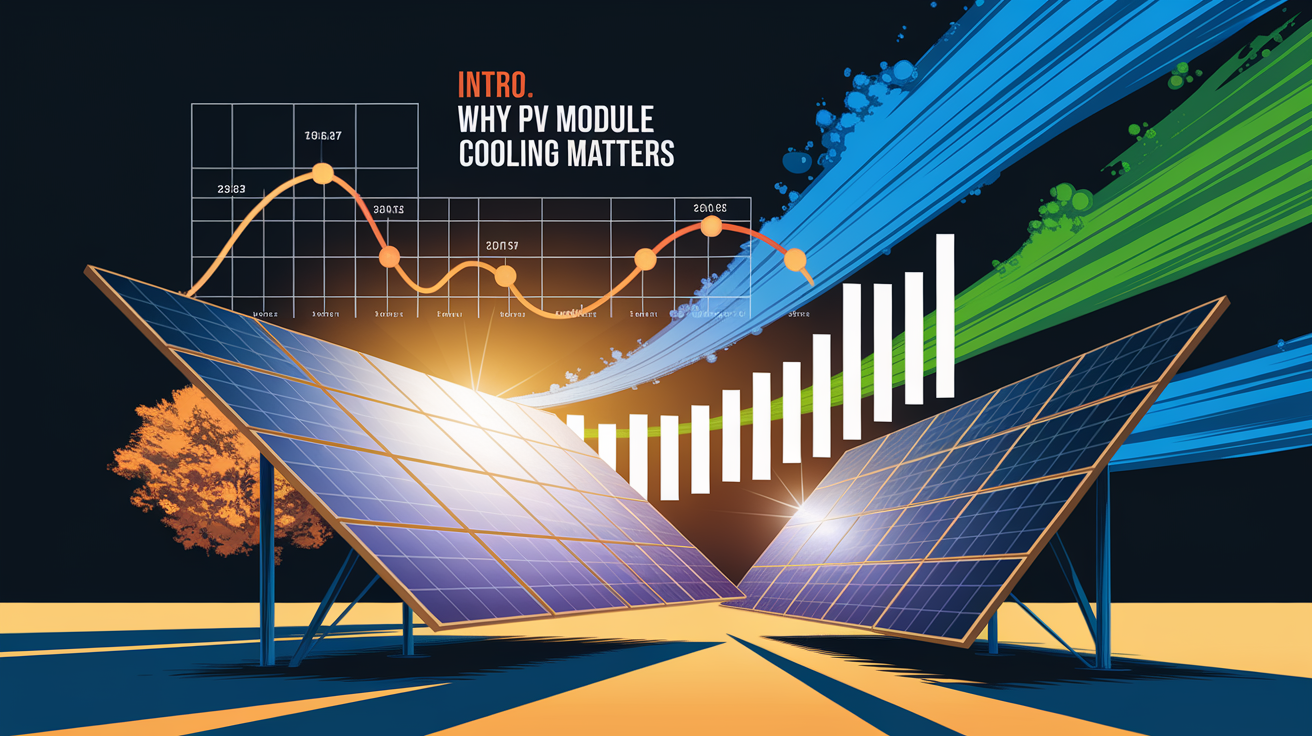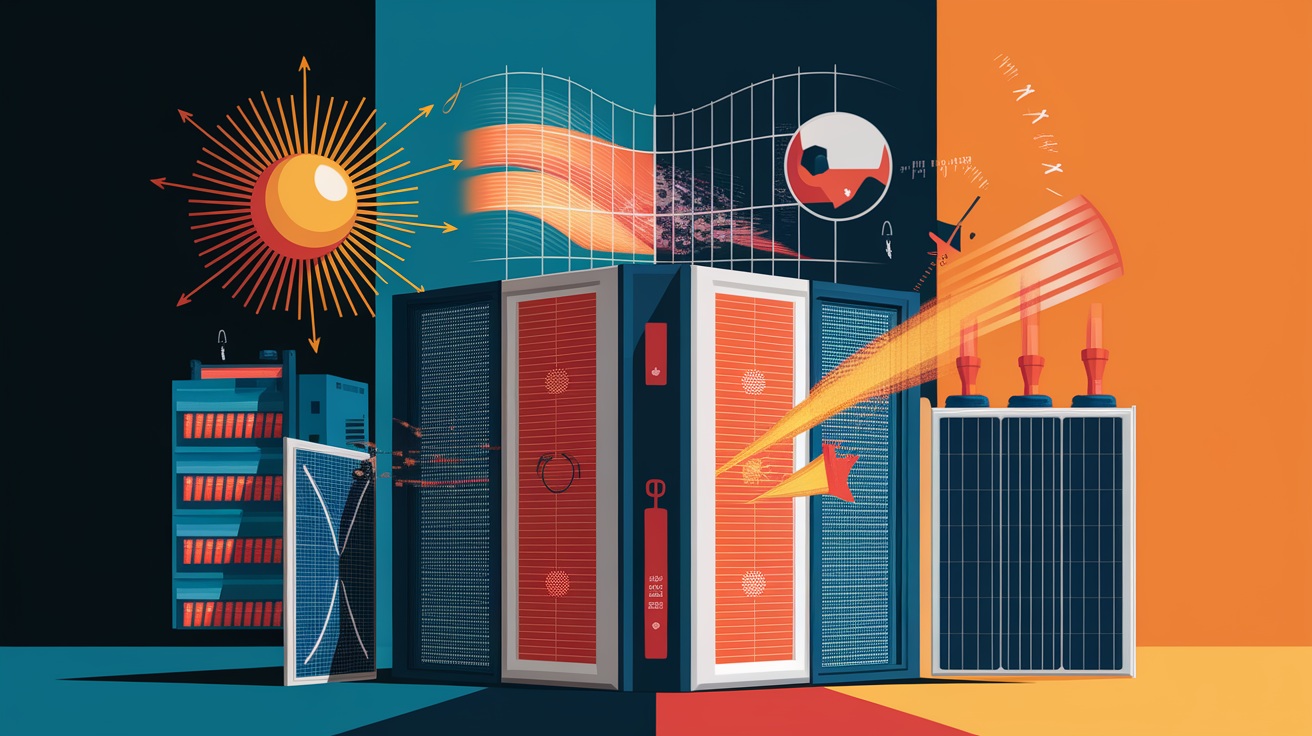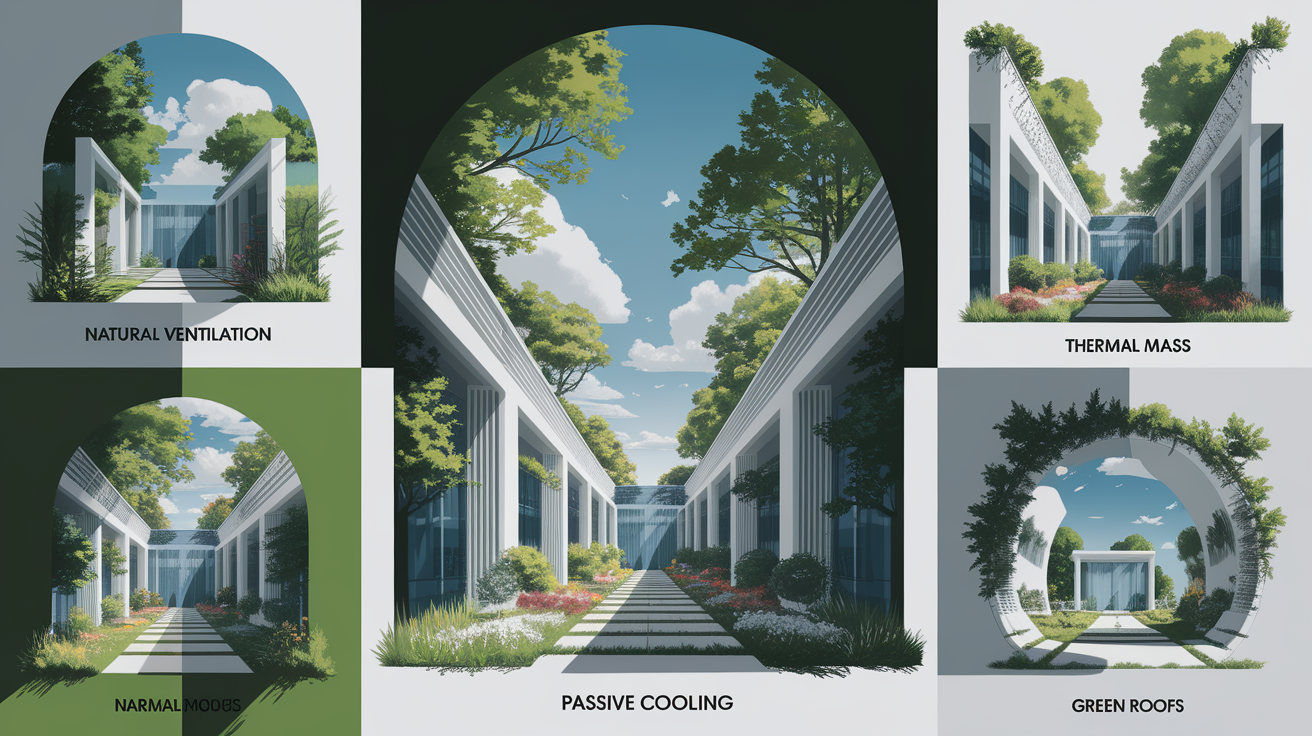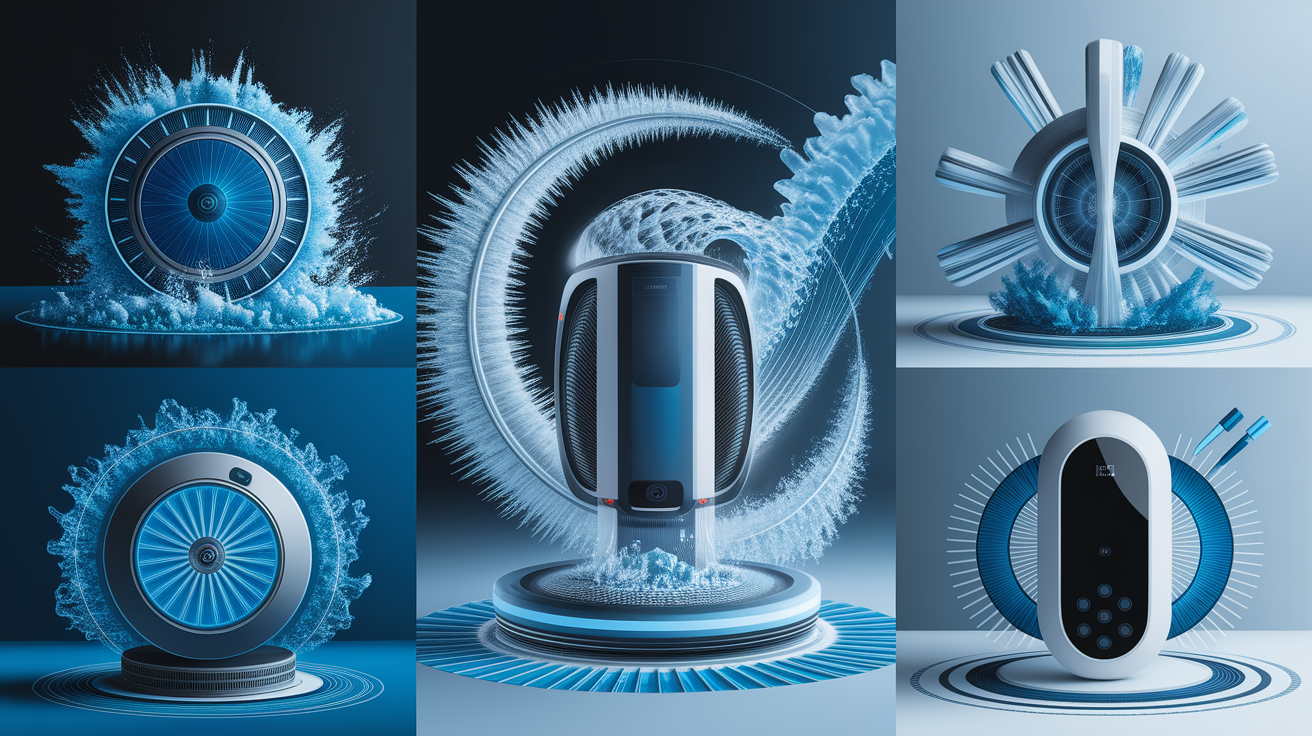Keep It Cool: Essential PV Module Thermal Management
Intro: Why PV Module Cooling Matters
Photovoltaic (PV) modules are at the core of solar power generation, converting sunlight into usable electricity with increasingly impressive efficiency. Yet, these same modules absorb substantial solar radiation, which raises their operating temperature—sometimes by as much as 20–40 °C above ambient conditions. Excessive heat directly impacts energy yield, accelerates module degradation, and elevates maintenance needs. This makes effective cooling systems not just a performance upgrade, but a fundamental requirement for long-term reliability in any PV installation. According to a comprehensive review of PV panel cooling techniques, strategically implemented thermal management can significantly enhance both energy output and system lifespan.

Impact of Heat on Module Performance
Heat is a hidden efficiency killer for solar panels. The semiconductor materials in PV cells have a temperature coefficient—a measure of how much efficiency drops per degree rise in cell temperature. For most modules, this is around 0.4–0.5% per °C increase. In practical terms: if solar cell temperature climbs 25 °C above its optimal operating point, performance can drop by more than 10%.

Other negative impacts include:
- Thermal stress: Repeated heating and cooling cycles can induce microcracks in cells and solder joints.
- Hot spots: Localized overheating can damage encapsulant materials and shorten service life.
- Increased degradation rate: Heat accelerates chemical and material aging inside the module.
Effective thermal management strategies aim to control these issues, maintaining efficiency and protecting the solar investment.
Passive Cooling Techniques
Passive techniques rely on natural processes and smart material use to dissipate heat without consuming additional energy. They tend to be low cost, low maintenance, and well-suited to residential or small commercial PV systems.

- Natural convection: Leaving adequate space between modules and roof surfaces allows air to circulate naturally, removing heat.
- Heat sinks: Metal fins or structures increase surface area for heat dissipation.
- Reflective coatings: Surface treatments reduce solar absorption and lower module surface temperatures.
- Phase change materials (PCM): Special materials that absorb latent heat as they change phase, reducing temperature spikes.
As noted in the detailed review of passive and active cooling methods, appropriately designed passive cooling can improve module performance by up to 5–8% in hot climates without increasing system complexity.
Active Cooling Methods
Active cooling uses mechanical means—such as fans or pumps—to accelerate heat removal. While these systems require additional energy, the net efficiency gains in hot environments often outweigh the input cost, particularly in large-scale PV arrays.

- Forced air cooling: Fans blow ambient air over module surfaces to increase convective heat transfer.
- Liquid cooling: Water or coolant circulates in channels or pipes attached to the rear of the modules, extracting heat through thermal conduction.
In field studies, such approaches have delivered electrical output improvements ranging from 10–20%. Active cooling is especially effective where ambient temperatures are consistently high, and maximizing yield is a priority.
Hybrid and Advanced Solutions
Hybrid solutions combine passive and active principles, often incorporating advanced materials to push cooling performance even further. For example:
- PCM + thermoelectric coolers: PCMs manage peak loads, while thermoelectric units actively pump heat during sustained high temperatures.
- Heat pipes: Passive high-efficiency heat transfer elements that quickly move heat away from solar cells.
- Nanofluids: Liquids enhanced with nanoparticles to increase thermal conductivity and improve cooling efficiency.
Research cited in a state-of-the-art review on smart and hybrid thermal management has shown that such systems can cut module temperatures by 40 °C and boost electrical efficiency by over 15%. While costs are currently higher, ongoing innovation is improving durability, integration, and return on investment.
Design and Installation Best Practices
Optimizing a PV cooling system starts with matching the cooling method to environmental conditions, installation scale, and budget considerations.
- Climate adaptation: Air cooling is well-suited for moderate climates; liquid cooling is more effective in hot, sunny regions.
- System size: For utility-scale arrays, hybrid systems can offer superior performance gains; for rooftop residential systems, passive methods are often most cost-effective.
- Integration: Ensure cooling systems do not shade or disrupt the PV array’s electrical layout.
For more on selecting the right system, see guidance on choosing cooling systems for different PV setups.
Maintenance and Monitoring
Thermal management isn’t a set-and-forget proposition. Cooling systems—especially active ones—require periodic inspection to maintain performance and prevent operational failures.
- Temperature monitoring: Continuous or periodic measurements help detect overheating early.
- Component checks: Inspect fans, pumps, and fluid channels for performance issues or blockages.
- Surface cleaning: Dirt buildup can reduce both electrical and thermal efficiency.
- PCM containment: Ensure materials remain sealed and functional through thermal cycles.
These maintenance routines help maintain peak PV system performance and protect ROI over decades of operation.
Keeping Your Cool: Final Thoughts
In PV systems, managing heat is every bit as important as capturing light. Whether through low-cost passive measures, high-performance active systems, or cutting-edge hybrid solutions, effective thermal management directly boosts solar efficiency, curbs degradation, and prolongs module service life. The best approach depends on site-specific factors—climate, budget, and energy yield targets—but the benefits are universal: more reliable systems, higher returns, and a stronger impact on sustainability goals. As cooling technologies advance, the smart integration of thermal management into PV design will be a defining factor in who leads the solar energy market in the years ahead.







